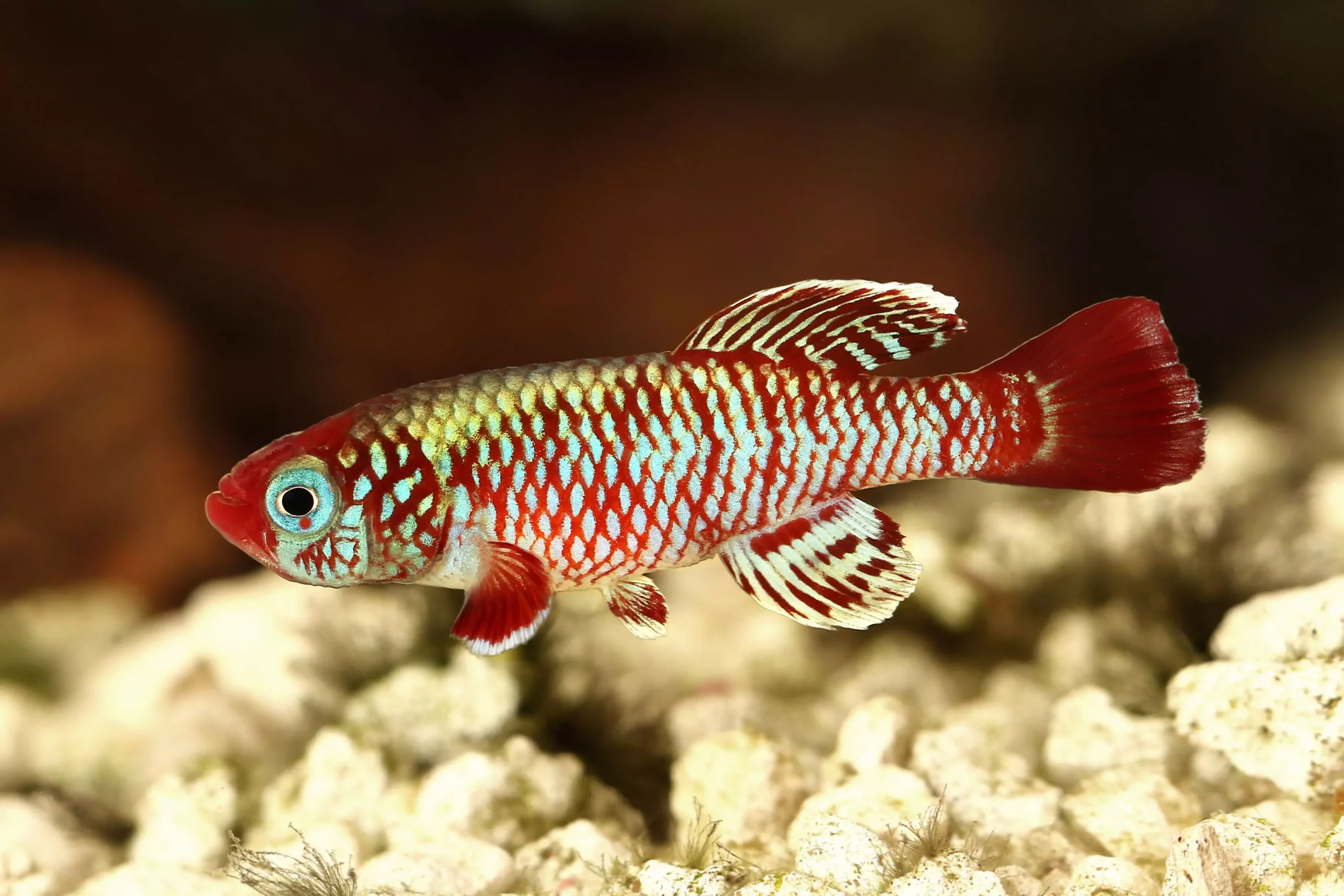Killifish, also referred to as egg-laying tooth carps, hold a unique place in the realm of aquatic life, characterized by their fascinating reproductive habits and vibrant appearances. These interesting fish belong to a diverse group that is closely related to live-bearing tooth carps, such as guppies and mollies, but their reproductive strategies are markedly different. This article seeks to explore the various habitats, dietary needs, care requirements, and breeding considerations of killifish, while emphasizing their fascinating lifecycle and behavioral traits.
Killifish can be found in a variety of environments across both the New and Old Worlds. From the sun-drenched ponds of South America to the serene streams of Africa and even parts of Europe and Asia, their adaptability is remarkable. Particularly common in tropical rainforest regions, some species thrive in still water bodies like pools and swamps, where limited sun exposure allows them to prosper at cooler temperatures averaging above 70°F. The shaded conditions are ideal for their survival, encouraging spawning behaviors that see them lay eggs in the roots of plants, where they remain protected.
In contrast, other killifish species inhabit the seasonal ponds of tropical savannahs, which undergo drastic changes during dry seasons. These fish have developed survival strategies that allow their eggs to endure periods of drought. By burying their eggs beneath layers of mud, they essentially “pause” their lifecycle, and these dormant eggs can hatch as soon as the rains return months or even a year later. This adaptability not only makes them fascinating subjects of study but also highlights their resilience in unpredictable environmental conditions.
Killifish, while small, are visually striking, with colors and patterns that capture the eye of any aquarium enthusiast. Their size varies by species, but they generally fall within a few inches in length, making them suitable for smaller tanks if kept thoughtfully. Yet, despite their small stature, these fish often adopt predatory behaviors, preying primarily on insect larvae, similar to their more popular cousins, the guppies.
These fish are quite sensitive to water conditions, exhibiting preferences for softer, acidic environments. While they can adapt to some degree, optimal care is crucial for their wellbeing. An aquarium setup mimicking their natural habitats—with subdued lighting and dark substrates—can significantly enhance their health and breeding potential.
When it comes to feeding killifish, variety is key. They thrive on live food, particularly insect larvae, which cater to their natural hunting instincts. However, frozen options like bloodworms and brine shrimp can also serve as nutritious supplements. While they can also consume dry flake food, it is important to ensure their diet is balanced and varied to keep them healthy. These choices are especially essential for maintaining optimal vibrancy and vitality, as well as improving their lifespans, which unfortunately tend to be short.
Breeding killifish can pose challenges, yet it is an engaging project for hobbyists. Depending on the breeding method—be it bottom-spawning or egg-hanging—specific conditions must be met to create a conducive environment for egg-laying. Top-spawning species prefer to lay eggs on floating plants, while bottom-spawners require deeper substrates, simulating their natural behaviors.
For spawning, employing a ratio of one male to several females is beneficial, as males can be highly competitive. The care of the eggs is equally complex; top-spawner eggs generally hatch within three weeks, while bottom-spawner eggs necessitate storage in moist peat for several weeks before water is reintroduced. The multifaceted breeding process dramatically highlights the uniqueness of killifish.
For aquarium enthusiasts, the allure of killifish lies not only in their beauty but also in their lifecycle captivations. Those who choose to acquire eggs to raise these fish often find the experience rewarding due to its cost-effectiveness and the extended timeframe of enjoyment that comes from witnessing their development. This approach can also circumvent some complexities that come with adult fish care, especially given the ephemeral nature of their lives—where keenness for care and attention can produce magnificent observations of life, growth, and the cycle of nature.
Killifish represent a unique segment of the aquarium community, boasting beauty, interesting behaviors, and complex life cycles that are worth studying and appreciating. While they may not be the most straightforward fish to keep, their unique adaptations, stunning colors, and intriguing breeding behaviors make them a cherished choice for dedicated fish enthusiasts. Whether you’re drawn to their vibrancy, their breeding challenges, or simply the quest for knowledge regarding their captivating lives, killifish promise a rewarding experience for all who dive into their world.

